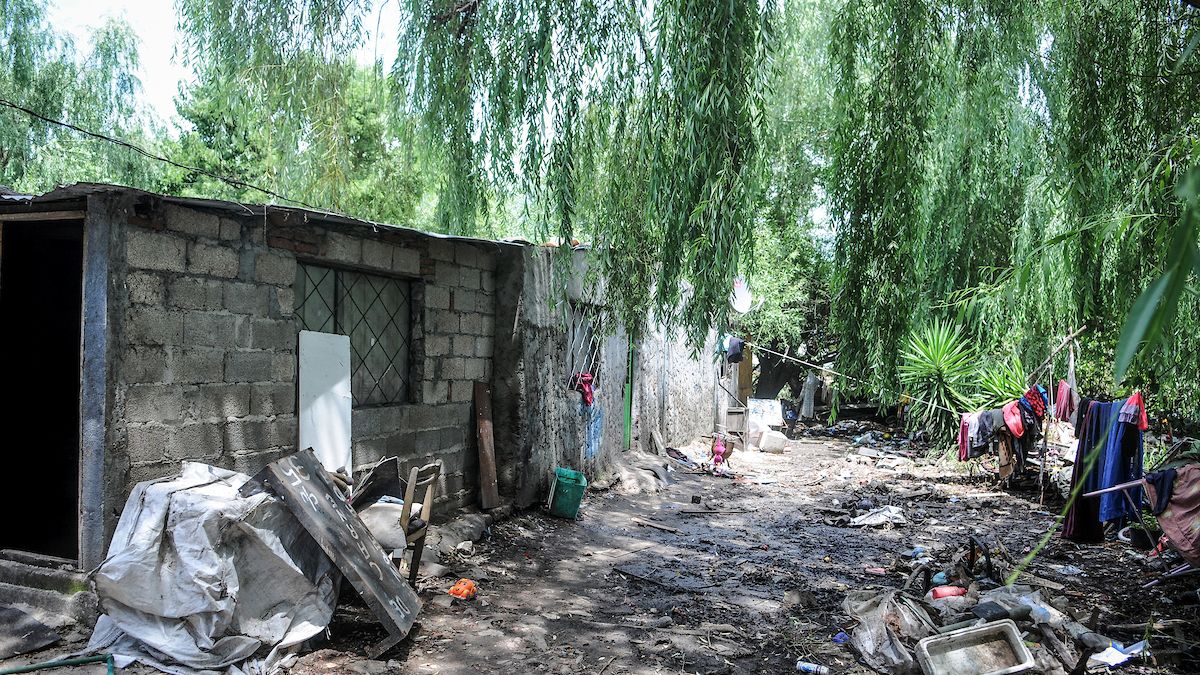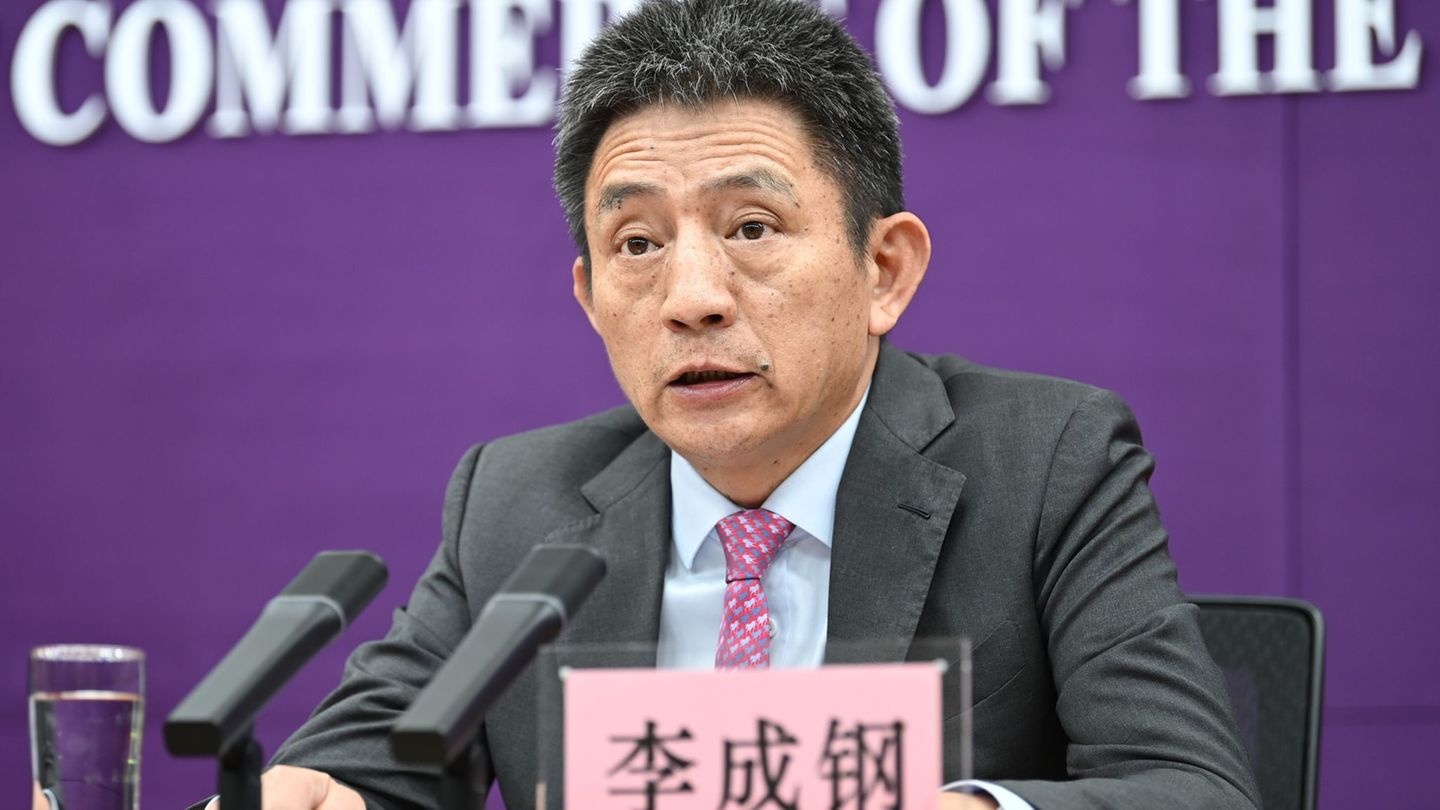After a decline in 2021, the Gini Index increased again in 2022 and stood at 0.389.
After updating at the beginning of this week the data on poverty in Uruguay, he National Statistics Institute (INE) released today the indicators of income distributionwhich measure the degree of inequality in societymeasured by monetary income.
The content you want to access is exclusive to subscribers.
Among these indicators, the INE updated the so-called Gini Indexwhich measures inequality with respect to an ideal situation in which people would all have the same income, in which case this index would be 0. The lower the Index, the lower the inequality in the analyzed society.


In Uruguay, the Gini Index exceeded the value of 0.45, in the years after the financial crisis of 2002. From there it began to decline until it reached historical lows around the year 2018, when it reached 0, 38. The following year -pre-pandemic- it had a slight advance, but already with the effect of the pandemic, inequality had a more noticeable increase and reached 0.387.
After a decline in 2021, the Gini Index increased again in 2022 and it remained at 0.389. Even with this increase, Uruguay remains one of the most equitable societies in the region. Indeed, in Latin America this indicator is located in all cases above 0.4. In Europe, on the other hand, the average is closer to 0.3.
Poverty gap and other indicators
The INE also published today the indicator of Poverty Gapwhich reflects the distance between the income of the poor with respect to the Poverty Line, that is, the basic household consumption basket, food and non foodwhich is used as a reference to estimate the poor population.
This indicator improved and went from 1.7 to 1.6%. It indicates that each inhabitant of Uruguay should contribute 1.6% of the basic basket to bring poor households to the poverty line and eliminate it.
According to recent calculations by Mides, if it were not for the effect of transfers made under various social programs to the poorest and most vulnerable households, this poverty gap would be close to 2.5%.
The INE also published the distance between the average income of the richest decile compared to the poorest decile of the population, which rose from 11.5 to 11.6 according to data released today.
Source: Ambito




